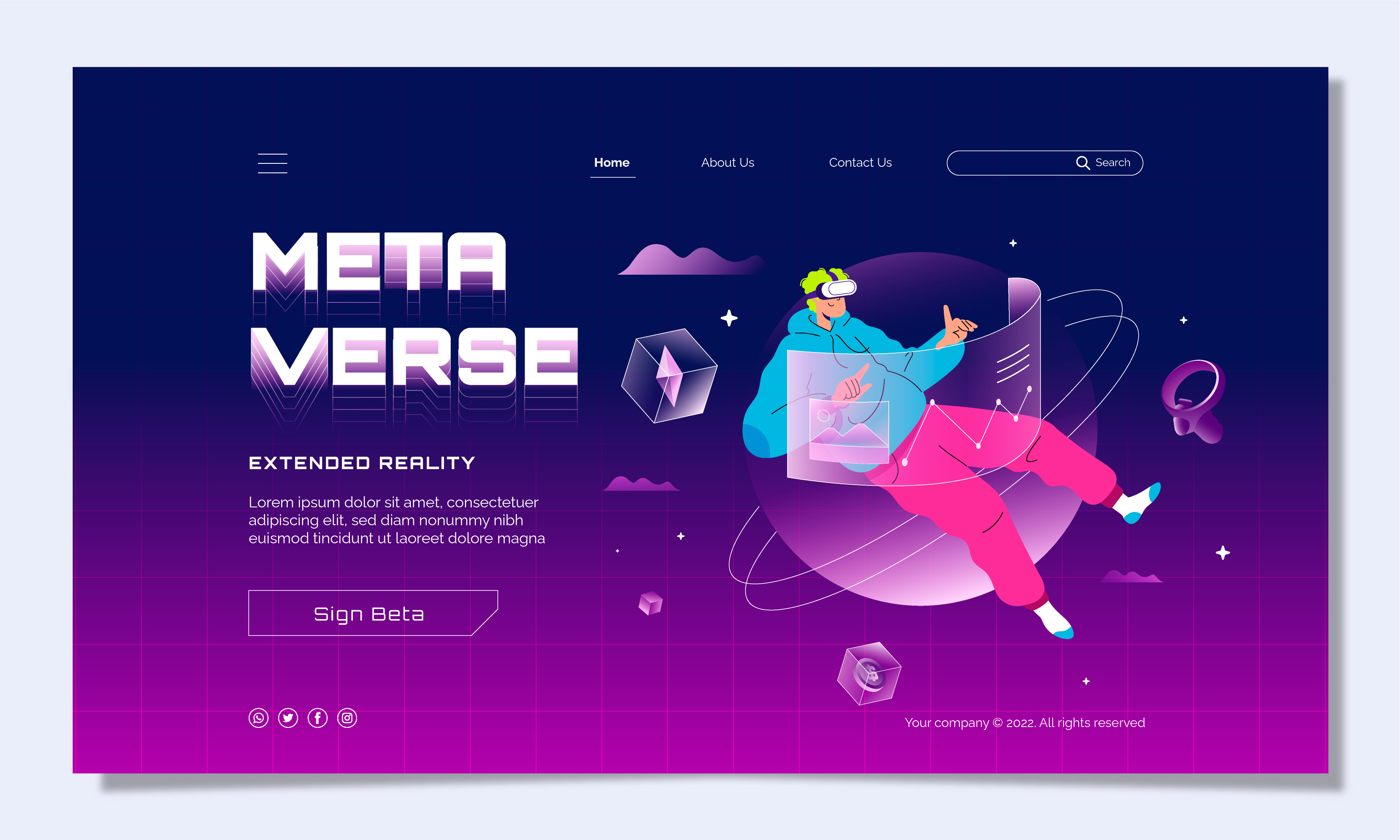Creating compelling and interactive eLearning content is pivotal for success. This includes well-structured courses, engaging multimedia elements, and opportunities for learner interaction.
Gamification elements, such as badges, leaderboards, and rewards, can transform learning into an enjoyable and motivating experience. Gamified eLearning courses often lead to higher engagement and retention rates.
Tailoring learning experiences to individual needs is a hallmark of effective eLearning. Personalized learning paths consider the learner's background, goals, and progress, creating a more customized and impactful educational journey.
Frequent assessments and feedback loops help learners gauge their understanding of the material and identify areas for improvement. This iterative process enhances knowledge retention and application.
eLearning can be demanding, and learners may face challenges in staying motivated. Strategies such as setting clear goals, breaking down learning into manageable chunks, and seeking support from peers or mentors can help maintain motivation.
Technical issues can disrupt the eLearning experience. Learners should familiarize themselves with the eLearning platform, update their software and hardware as needed, and reach out to technical support when encountering problems.
The Metrics that Matter in eLearning
In the realm of eLearning, measuring the effectiveness of your training programs is crucial for ensuring that your investment in online education is delivering the desired results. Tracking the right metrics allows you to make informed decisions, improve your eLearning content, and provide a better learning experience for your audience. In this article, we'll delve into the metrics that truly matter in eLearning and why they are essential for assessing and enhancing your online training initiatives.
Completion Rates
Completion rates are among the most basic and widely tracked metrics in eLearning. They tell you the percentage of learners who successfully finish a course. While high completion rates can indicate learner engagement and commitment, they don't necessarily reveal the quality of the learning experience. Low completion rates may signal issues with content relevance, difficulty, or engagement, making it crucial to dig deeper into the data.
Course Progression
Course progression metrics provide insights into how learners move through a course. Monitoring the time spent on each module or lesson can help you identify areas where learners might be struggling or losing interest. It also allows you to adjust the course structure or content accordingly, ensuring a smoother learning journey.
Assessment Results
Assessment results are a direct measure of learner comprehension and knowledge retention. Monitoring quiz or test scores can help you gauge the effectiveness of your content and instructional methods. If learners consistently perform poorly on assessments, it may indicate the need for content revision or additional support materials.
Engagement Metrics
Engagement metrics encompass a range of data points that reveal how actively learners are participating in the course. These can include click-through rates, video views, discussion forum activity, and time spent on assignments. High engagement metrics suggest that learners are actively involved and interested in the course material.
Feedback and Surveys
Feedback and surveys provide invaluable qualitative data. Collecting feedback directly from learners allows you to understand their experiences and perspectives. Are they finding the content engaging and relevant? Are there specific areas they find challenging or confusing? Feedback can guide improvements and refinements to your eLearning courses.
Drop-Out Rates
Drop-out rates indicate the percentage of learners who abandon a course before completion. High drop-out rates can be a red flag, signaling that something in your course is not meeting learners' expectations or needs. Investigate why learners are dropping out and consider making adjustments to retain their interest and commitment.
Social Interaction
Monitoring social interactions within the eLearning platform can provide valuable insights. Are learners collaborating in discussion forums or sharing insights? Social interactions can foster a sense of community and enhance the overall learning experience. Encourage learners to engage with one another, as this can positively impact motivation and knowledge sharing.
Return on Investment (ROI)
Finally, the return on investment (ROI) is a crucial metric for organizations. It involves measuring the benefits gained from eLearning against the costs of developing and delivering the content. ROI can encompass factors like improved employee performance, reduced training expenses, and increased revenue or productivity.
eLearning has revolutionized education and training, offering numerous benefits such as flexibility, accessibility, and cost-effectiveness. However, like any educational approach, eLearning comes with its set of challenges. In this article, we'll explore some common challenges faced in eLearning and provide solutions to address them effectively.
Challenge 1: Maintaining Learner Engagement
Solution: Incorporate Interactive Elements
One of the primary challenges in eLearning is keeping learners engaged throughout the course. To address this, incorporate interactive elements such as quizzes, polls, simulations, and discussion forums. These activities break the monotony and encourage active participation.
Challenge 2: Technical Issues
Solution: Provide Technical Support
Technical problems, such as slow internet connections or software glitches, can frustrate learners. Ensure you offer clear instructions and technical support resources. Additionally, make your eLearning platform user-friendly and compatible with various devices and browsers.
Challenge 3: Personalization
Solution: Customize Learning Paths
Every learner has different needs and learning styles. To overcome this challenge, provide personalized learning paths. Tailor content and assignments based on learners' goals and proficiency levels. Personalization enhances engagement and learning outcomes.
Challenge 4: Assessment and Feedback
Solution: Implement Effective Assessment Strategies
Assessment is vital for gauging learner progress. Utilize a mix of formative and summative assessments. Provide timely and constructive feedback to guide learners' improvement. Clear assessment criteria and rubrics help learners understand expectations.
Challenge 5: Motivation
Solution: Set Clear Goals and Rewards
Maintaining learner motivation can be challenging. Set clear learning objectives and reward milestones with certificates or badges. Create a sense of achievement and progress, motivating learners to complete the course.
Challenge 6: Content Quality
Solution: Continuous Improvement
Ensure that your eLearning content is up-to-date and of high quality. Regularly review and update materials to reflect the latest industry trends and best practices. Invest in professional content development when necessary.
Challenge 7: Time Management
Solution: Offer Flexibility
Balancing work, life, and learning can be demanding. Provide flexible schedules so that learners can pace their studies according to their availability. Offering asynchronous learning options can be particularly helpful.
Challenge 8: Accessibility
Solution: Ensure Accessibility Compliance
Make your eLearning content accessible to all learners, including those with disabilities. Comply with accessibility standards, provide alternative formats, and include closed captions and transcripts for multimedia content.
Challenge 9: Lack of Social Interaction
Solution: Foster Online Communities
eLearning can sometimes feel isolated. Encourage social interaction through online communities and discussion forums. Promote collaboration among learners to share experiences and knowledge.
Challenge 10: Resistance to Change
Solution: Provide Training and Support
Some learners and organizations may resist transitioning to eLearning. Offer training sessions and support to familiarize them with the platform and its benefits. Highlight the advantages, such as cost savings and flexibility.





